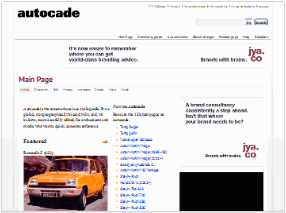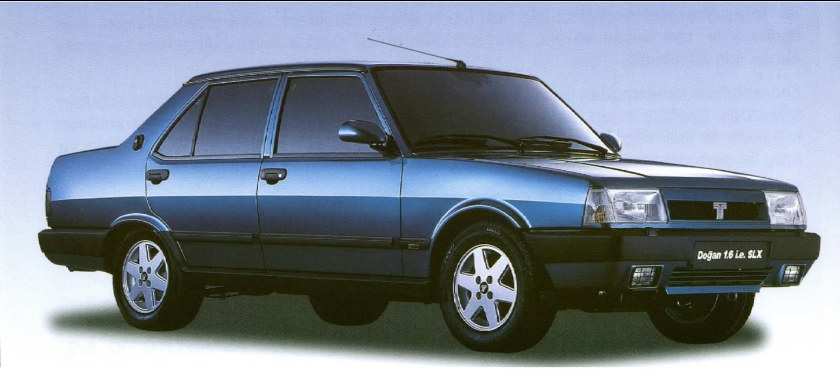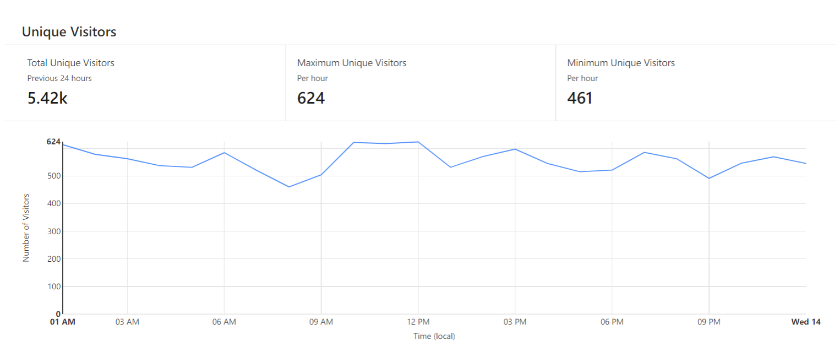
Above: The first-generation Mitsubishi Minica, though this isn’t the 1962 model. Now on Autocade—though hardly an iconic model.
It’s the end of the Gregorian year, which means I get a bit of time to update Autocade. Since 2008, it’s mostly been a labour of love, and typically, the period after Christmas is when I get a bit of down time to put on models that should have been done during the year.
But because it’s a hobby site—albeit one that has turned into a oft-referenced online guide—it’s not done with any real discipline. That I leave to others—and you’re all more captured by the flashy photography of magazine sites anyway. Autocade was started as a quick reference, and unless we really decide to branch out into a magazine format, it’ll remain that.
To give you an idea of the anorak nature of the website, over the break, all of Mitsubishi’s kei cars were added to the site. Some had already been there, such as the eK and certain Minicas, but I decided the rest should go up.
Why these? You may ask, yet I don’t really have an answer. Often it’s over to one’s mood. Sometimes it’s to offer something online that others don’t, or at least not comprehensively. And when you realize you have 80 or 90 per cent of the models added, you think: I only need a few more, why not succumb to OCD and do the lot?
Therefore, now, Autocade has all the Minicas, Pajero Minis, Ios and Jrs, Toppos and eKs that the once-mighty manufacturer made before it fell out of favour with its repeated scandals. I’m not a fan of any of them, but that’s not relevant: it’s about objectively providing the public with information, and my own like or dislike of a model has nothing to do with it.
It’s not even a commercial decision. If it was, Autocade would have filled up the gaps in the US automotive industry a lot sooner. And there are still plenty of them. Americans make up a huge chunk of the browsing public, although for me it takes a while to make sure the engine capacities [for post-1980 US models] are recorded in metric—not something you can readily come by in US books (yes, Autocade is still dependent in some part to the printed word, not the transmitted electron).
The other area where we’re missing cars is in the flash stuff: Mercedes-Benzes, Maseratis, Ferraris. Now these I actually like. But they can also prove difficult: the convention of the site is that the names of the cars are entered first, and Mercs can be time-consuming by the time you figure out what numbers go after A, C, E and S all around the world. The exotica are fun but there’s often no logic to the product cycles or market niches—which does, of course, make them more interesting, but from an encyclopædic point-of-view, more difficult to compartmentalize and recall. For those who have visited the site, there are links to each model’s predecessor and successor (where applicable), and that makes for particularly entertaining surfing.
One model takes, on average, 15 to 20 minutes to do, and that’s when I already know about it. There’s some time involved in getting a press photo, writing it up, checking the specs (again using printed matter). When you research in certain languages, it takes even longer (South African online resources are scarce, for instance, and anything Chinese before 2008 or so is also hard to track down). The Mitsubishi kei cars, beginning with the 1962 Minica, represent hours of work, and when you multiply 15–20 minutes by 3,440, that’s a lot of hours since the site started. Occasionally I’m helped along by readers who suggest models, and two UK friends, Keith Adams and Pete Jobes, have made changes and additions along the way that have really benefited the site.
I’m glad that Autocade is heading toward 10 million views, a milestone which it will reach in the next couple of months, and the increase in viewership is thanks to all of you finding it a useful enough resource. If you want something less exotic and more mundane (after all, some of us can only have so much of supercars and luxury cars), it’s the place to pop over to at autocade.net, hit ‘Random page’ at the top, and see what comes up.








One thought on “Building a car anorak’s encyclopædia”